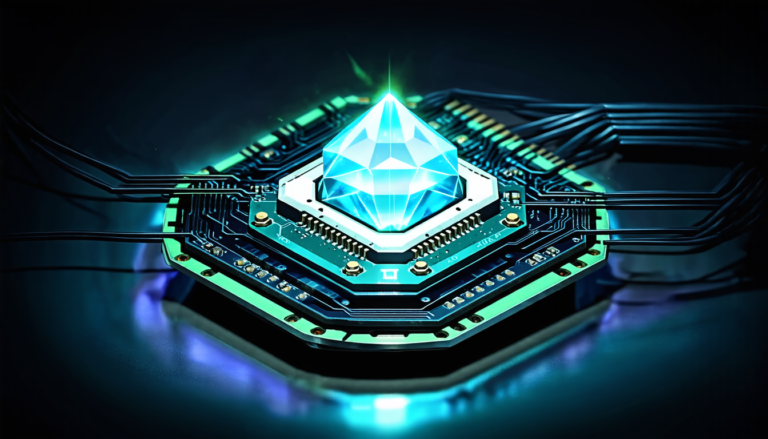Friday 12 September 2025
The quest for a deeper understanding of black holes has led scientists to develop innovative methods to model the behavior of matter in their vicinity. One such approach is the concept of collisionless tori, which describes a disk-shaped region around a Kerr black hole where charged particles interact with each other through electromagnetic forces rather than collisions.
Traditionally, researchers have relied on magnetohydrodynamics (MHD) simulations to study accretion flows around black holes. However, MHD models struggle to accurately capture the energization of emitting electrons, leading to significant uncertainties in their predictions. The introduction of collisionless tori offers a promising alternative, as it allows for fully kinetic, first-principles calculations that can better account for the complex interactions between charged particles.
To implement this concept, researchers have developed a GPU-based code framework called Aperture, which incorporates global general relativistic particle-in-cell simulations. By using these simulations, scientists can set up initial conditions involving collisionless gas with finite angular momentum, allowing them to study the stability of these tori in axisymmetric 2D simulations.
The team behind Aperture has successfully tested their method by simulating the behavior of collisionless tori around a Kerr black hole. Their results indicate that these tori can be stable for hundreds to thousands of dynamical times when there is no initial seed magnetic field. This finding has significant implications for our understanding of accretion flows and jet launching in active galactic nuclei (AGN).
The development of Aperture marks an important step towards more accurate modeling of black hole environments. By incorporating collisionless tori into their simulations, researchers can gain a better understanding of the complex processes that govern the behavior of matter near these cosmic monsters. This knowledge can ultimately help scientists make more precise predictions about the properties and behaviors of AGN, which are critical for advancing our understanding of galaxy evolution and the universe as a whole.
In addition to its applications in black hole research, Aperture’s innovative approach has broader implications for the field of plasma physics. By demonstrating the feasibility of fully kinetic simulations in complex astrophysical environments, this work opens up new avenues for studying plasmas in a variety of contexts, from fusion reactors to space weather events.
The future of black hole research is bright, thanks to innovative tools like Aperture. As scientists continue to push the boundaries of what is possible with these cutting-edge simulations, we can expect a deeper understanding of the mysteries that lie at the heart of our universe.
Cite this article: “Unlocking the Secrets of Black Hole Environments”, The Science Archive, 2025.
Black Holes, Collisionless Tori, Magnetohydrodynamics, Particle-In-Cell Simulations, General Relativity, Active Galactic Nuclei, Agn, Plasma Physics, Galaxy Evolution, Kerr Black Hole







